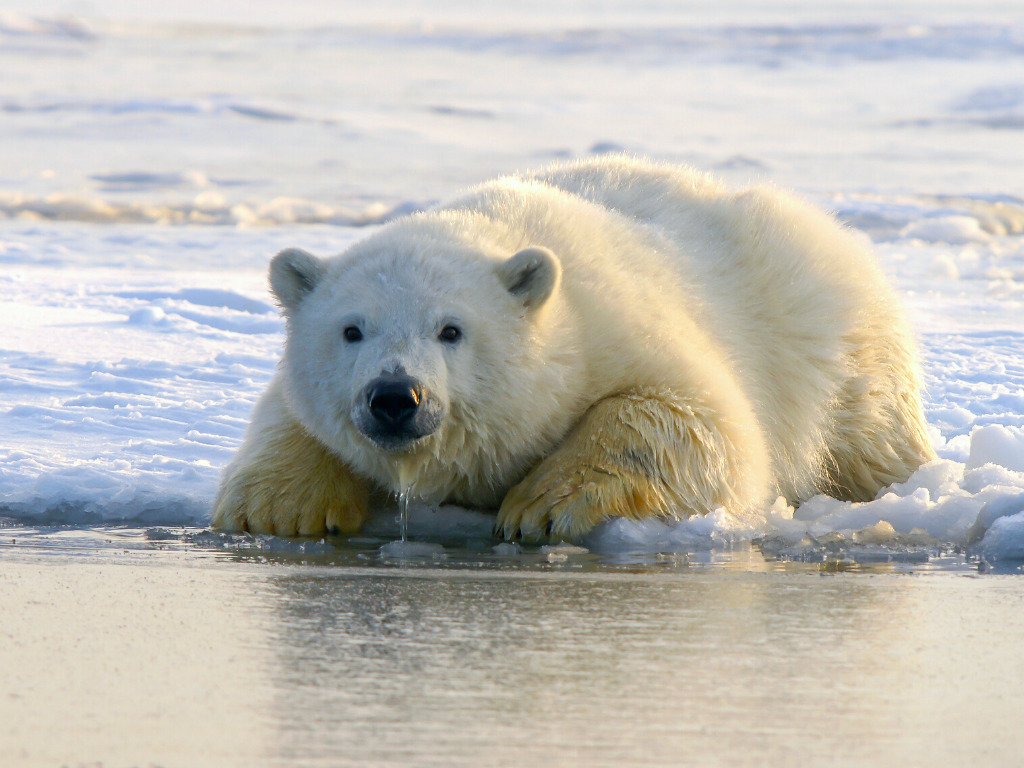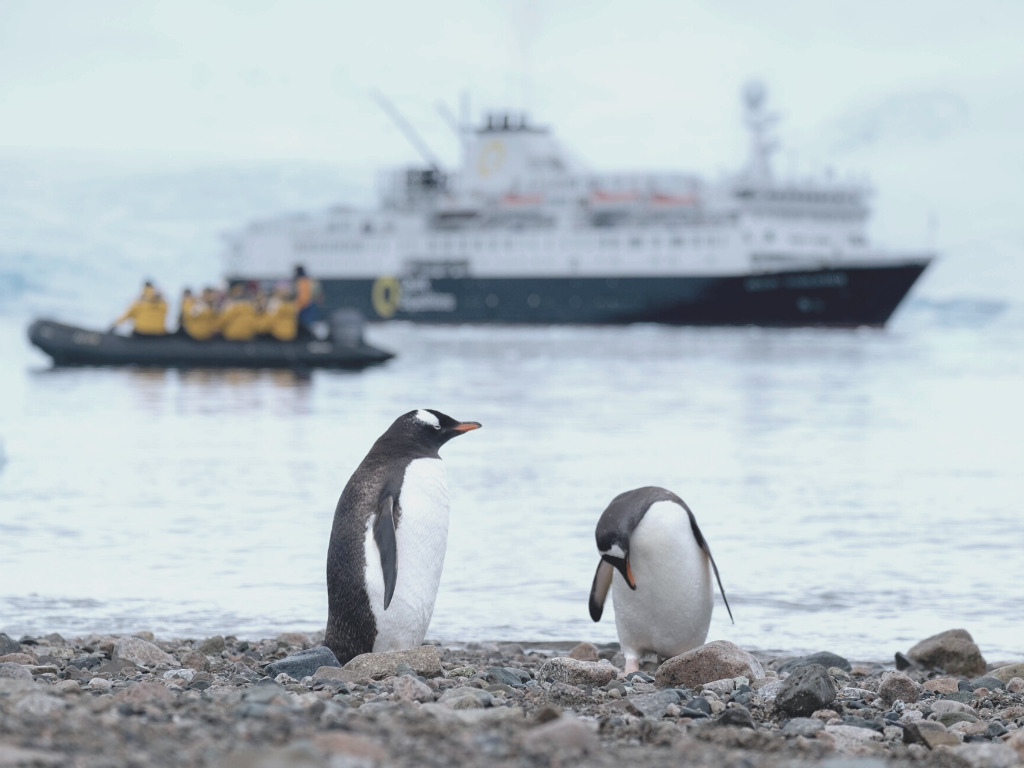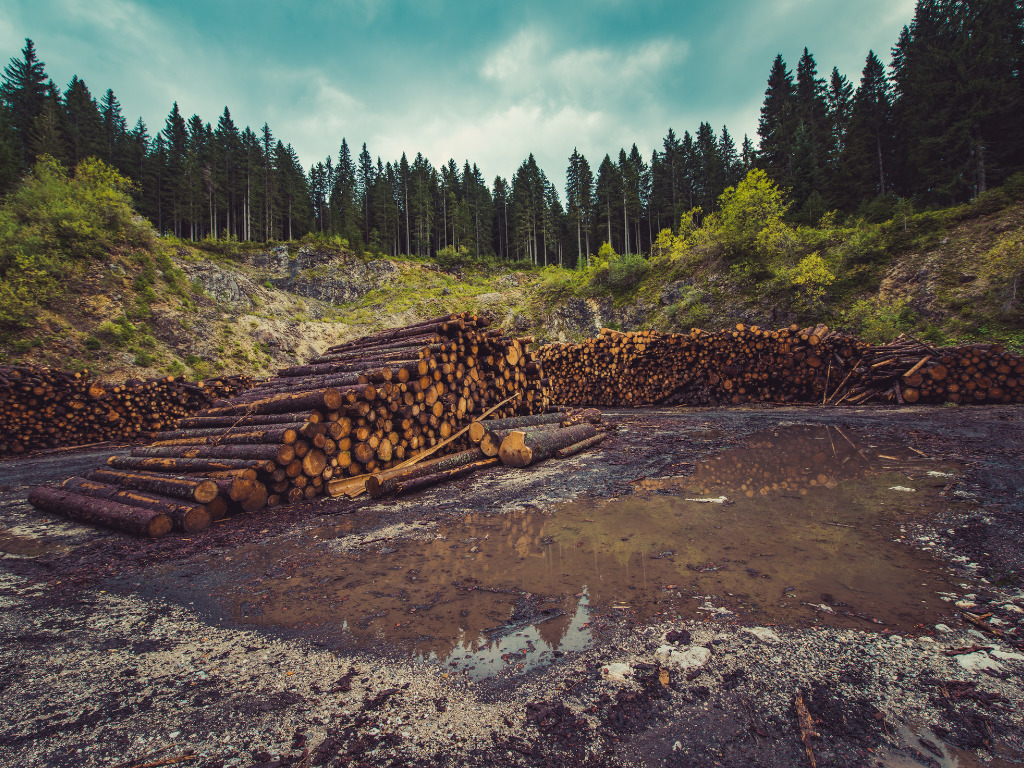3 Mins Read
New research published in the journal Science shows a drastic need to protect land areas in order to safeguard the planet’s biodiversity.
According to the research, led by the University of Amsterdam, 24.7 million square miles—nearly half of all land area—need some type of protection to mitigate biodiversity loss.
The findings
The research team came to that conclusion using advanced geospatial algorithms to map the areas best capable of protecting terrestrial species and their ecosystems. The team was also able to determine just how much land faces critical danger by 2030 as a result of human activity. The researchers suggest now all nations should aim to conserve 30 percent of their land through protected areas and other site-based approaches by 2030.
“Our study is the current best estimate of how much land we must conserve to stop the biodiversity crisis – it is essentially a conservation plan for the planet,” lead author Dr. James Allan from the University of Amsterdam, said in a statement. “We must act fast, our models show that over 1.3 million km2 of this important land – an area larger than South Africa – is likely to have its habitat cleared for human uses by 2030, which would be devastating for wildlife.”

According to the research team, the findings suggest a critical need for policy with new goals and targets. The findings come as the Convention on Biological Diversity is currently working to develop a global biodiversity framework targeted for some time this year. This framework is expected to lead global conservation efforts for the next decade, requiring governments to regularly report on their progress.
“More than a decade ago, governments set a global target to conserve at least 17 percent of terrestrial areas through protected areas and other site-based approaches for improving the status of biodiversity and ecosystems,” explains co-author Dr. Kendall Jones, Conservation Planning Specialist at the Wildlife Conservation Society. “However, by 2020 it was clear that this was not enough for halting biodiversity declines and averting the biodiversity crisis.”
Recommendations
Jones says the research suggests that “more ambitious goals and policies” are needed to maintain ecological integrity beyond the recommended 30 percent target. “If nations are serious about safeguarding biodiversity and ecosystem services that underpin life on Earth, then they need immediately to scale-up their conservation efforts, not only in extent and intensity but also in effectiveness,” Jones said.

But that doesn’t mean all land needs to become designated conservation areas. The researchers say better management strategies could help ecosystems and species thrive, such as area-based conservation measures and sustainable land-use policies.
“Conservation actions that promote the autonomy and self-determination of people living on this land, whilst also maintaining ecological integrity are crucial,” said Dr. Allan. “We have many effective conservation tools available, from empowering Indigenous Peoples to manage their natural environment, through to policies that limit deforestation or provide sustainable livelihood options, and of course protected areas.”
Photo by Ales Krivec on Unsplash




